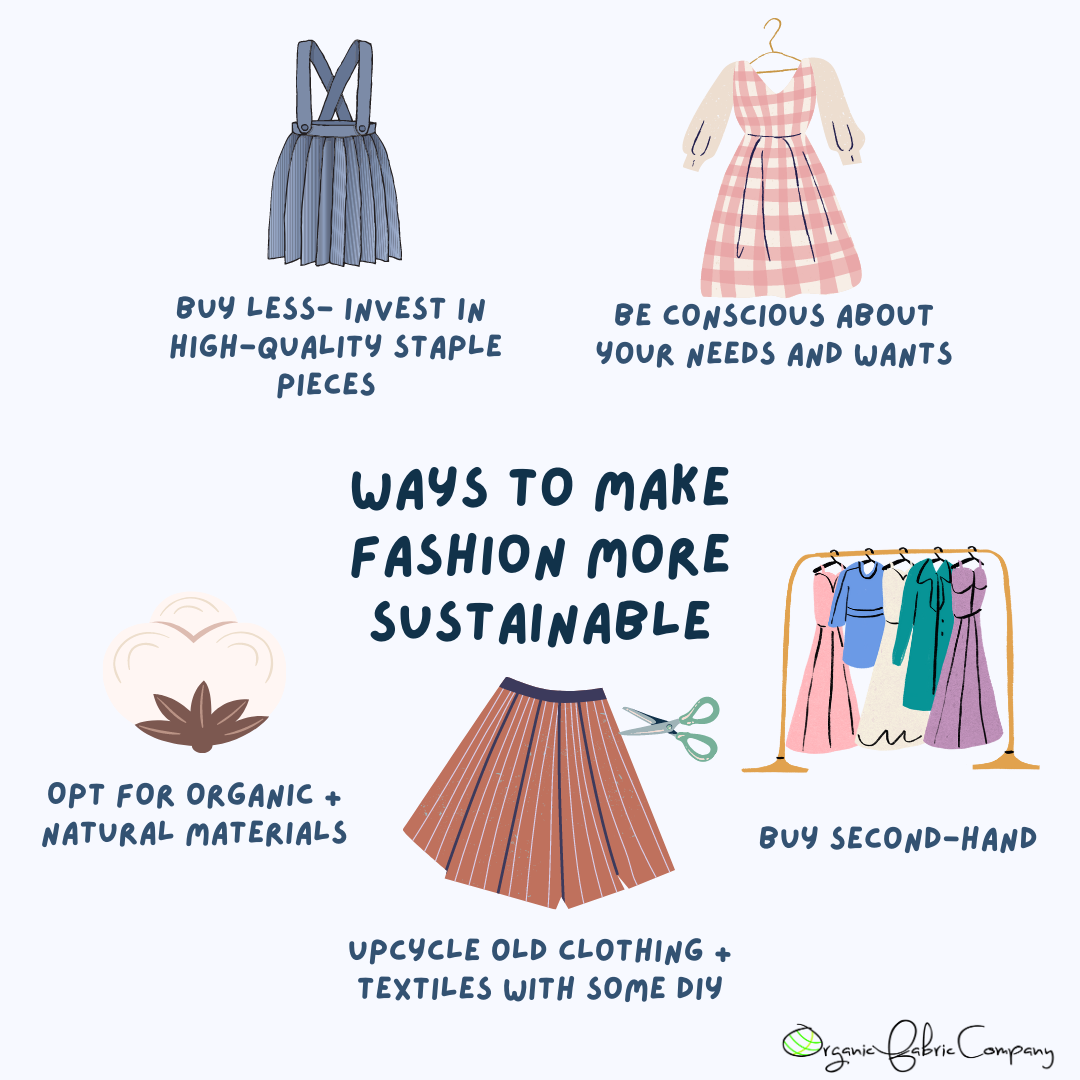Cape Town Sustainable Fashion Designers Leading the Eco-friendly Motion
Cape Town Sustainable Fashion Designers Leading the Eco-friendly Motion
Blog Article
Remain Ahead of the Contour by Discovering Cutting-edge Fashion Patterns
In an industry as vibrant as fashion, staying in advance entails even more than just following existing trends-- it requires an expedition of advancement. The convergence of innovation and fashion advertises a brand-new period of consumer interaction.

Welcoming Smart Textiles
In recent times, the garment industry has actually experienced a transformative shift with the combination of smart textiles, an innovative innovation that blends innovation with material. This development stands for not just a fusion of appearances and functionality yet also a considerable jump in the direction of sustainability and personalization in vogue. Smart textiles, additionally known as e-textiles, embed advanced electronics such as sensing units and conductive strings within the textile, enabling garments to connect with the atmosphere or the user.
These textiles are designed to monitor physiological parameters, such as heart rate or body temperature, supplying real-time health and wellness analytics. Beyond health and wellness applications, smart fabrics are additionally being used for adaptive clothing, which can transform shade or pattern in reaction to environmental stimulations, therefore supplying a vibrant style experience.
In addition, the development of energy-harvesting fabrics that generate power from motion or sunlight is paving the way for self-sufficient wearable innovation. This technology is appealing to eco aware customers and developers intending to reduce the environmental footprint of fashion. As research study and advancement in this area advance, clever textiles are expected to become increasingly common, improving the landscape of modern fashion with their multifunctional capacities.
The Surge of 3D Printing
Transforming the manufacturing landscape, 3D printing has actually become a game-changer in the fashion business. This innovative modern technology has actually allowed designers to push the boundaries of imagination, producing intricate and personalized garments that were formerly unthinkable. By leveraging electronic layout and additive manufacturing, 3D printing assists in the creation of intricate geometries and patterns, permitting developers to explore new appearances and frameworks.
A remarkable benefit of 3D printing in vogue is its capability to create on-demand, decreasing waste and decreasing stock demands. This performance not only optimizes production procedures however also permits fast prototyping, enabling designers to bring their visions to life in a shorter duration. Furthermore, 3D printing sustains customization to a degree unmatched by typical methods, supplying customized fits and distinct styles customized to individual customer preferences.
The surge of 3D printing has additionally equalized fashion, making it obtainable to arising designers who can currently fabricate high-grade items without substantial monetary investment in typical production facilities. As technology remains to breakthrough, the garment industry is poised to harness the full possibility of 3D printing, checking out brand-new materials and strategies that will most certainly redefine how style is developed and generated.
Lasting Style Developments
As the style sector grapples with the pushing demand for environmental duty, sustainable style advancements have actually emerged at the center of transformative adjustment. The expanding awareness of eco-friendly effect has fueled a change in the direction of more eco-conscious techniques and materials. Brand names and developers are now prioritizing sustainability, integrating methods that minimize waste and reduce carbon footprints.
One considerable advancement is the increase of circular fashion, which stresses recycling and upcycling to prolong the lifecycle of garments. This approach not just reduces waste but also encourages consumers to embrace a more mindful strategy to clothes intake. Furthermore, making use of lasting products, such as natural cotton, hemp, and recycled polyester, has actually gotten traction. These products need much less water and power throughout manufacturing, considerably lessening environmental influence.
Another development exists in the adoption of innovative dyeing techniques that utilize all-natural dyes or waterless processes, thereby decreasing the huge quantities of water and chemicals generally used in fabric dyeing. Moreover, improvements in biotechnology have resulted in the production of lab-grown natural leather and fabrics, using eco pleasant and cruelty-free options to conventional materials. With these introducing initiatives, the style industry is making meaningful strides towards an extra sustainable future.

Tech-Integrated Clothing
Tech-integrated clothing stands for a groundbreaking combination of fashion and modern technology, reshaping just how individuals communicate with their clothes. This ingenious domain name is marked by the addition of smart textiles and embedded electronic components, improving both functionality and visual charm. From health and fitness trackers installed in sports apparel to warmed jackets managed by means of smart device apps, tech-integrated apparel provides consumers extraordinary convenience and adaptability.
Introducing brand names are driving this pattern, concentrating on creating garments that react to environmental stimuli or customer commands. For instance, some garments can change shade or pattern in response to temperature shifts, while others include biometric sensors to keep track of health and wellness metrics like heart price or tension degrees. The seamless assimilation of innovation into fabrics likewise reaches environmental sustainability, with efforts to develop self-cleaning textiles or garments that get used to weather conditions, thus lessening the need for several layers.
In addition, the advent of wearable innovation is not simply restricted to clothing but reaches devices like watches and sites eyewear, further broadening the range of tech-integrated fashion. As the industry continues to introduce, the capacity for modification and personalization in clothing grows, offering consumers unique, tech-enhanced fashion experiences that accommodate their individual requirements and preferences.
Future of Virtual Fashion
Recently, the future of digital fashion has become a transformative pressure within the market, leveraging advancements in digital innovation to redefine how style is created, experienced, and eaten. By incorporating augmented truth (AR), virtual reality (VIRTUAL REALITY), and 3D style tools, designers can currently craft immersive and interactive experiences that go beyond standard fashion limits. Digital fashion enables the production of garments that exist only in digital atmospheres, using unlimited possibilities for advancement without the limitations of physical production.
This electronic change not only offers opportunities for imaginative expression yet additionally addresses sustainability issues inherent in conventional fashion practices. Cape Town Sustainable Fashion. By removing the requirement for physical resources, online fashion lowers waste and minimizes carbon footprints. Furthermore, the increase of online style aligns with the enhancing consumer demand for customized and special experiences, as digital garments can be personalized and tailored to private preferences easily

Verdict
The garment industry's future depend on the combination of sustainable techniques and cutting-edge innovations - Cape Town Sustainable Fashion. Smart textiles and tech-integrated garments are boosting performance, while 3D printing supplies opportunities for customization and waste decrease. Sustainable style, with environmentally friendly materials and circular methods, shows a commitment to environmental stewardship. In addition, virtual fashion is positioned to redefine consumer interactions. Adjusting to these trends is click here to read crucial for brand names looking for to continue to be affordable and relevant in this rapidly progressing landscape.
In recent years, the style sector has witnessed a transformative change with the combination of clever textiles, a sophisticated advancement that blends technology with fabric.As the style market grapples with the pressing demand for environmental duty, lasting style advancements have actually emerged at the forefront of transformative modification.In current years, the future of online explanation style has arised as a transformative pressure within the industry, leveraging advancements in digital innovation to redefine just how fashion is developed, experienced, and consumed. The rise of digital fashion aligns with the enhancing consumer demand for unique and customized experiences, as digital garments can be tailored and tailored to private preferences with ease.
The fashion industry's future lies in the integration of sustainable practices and innovative modern technologies.
Report this page